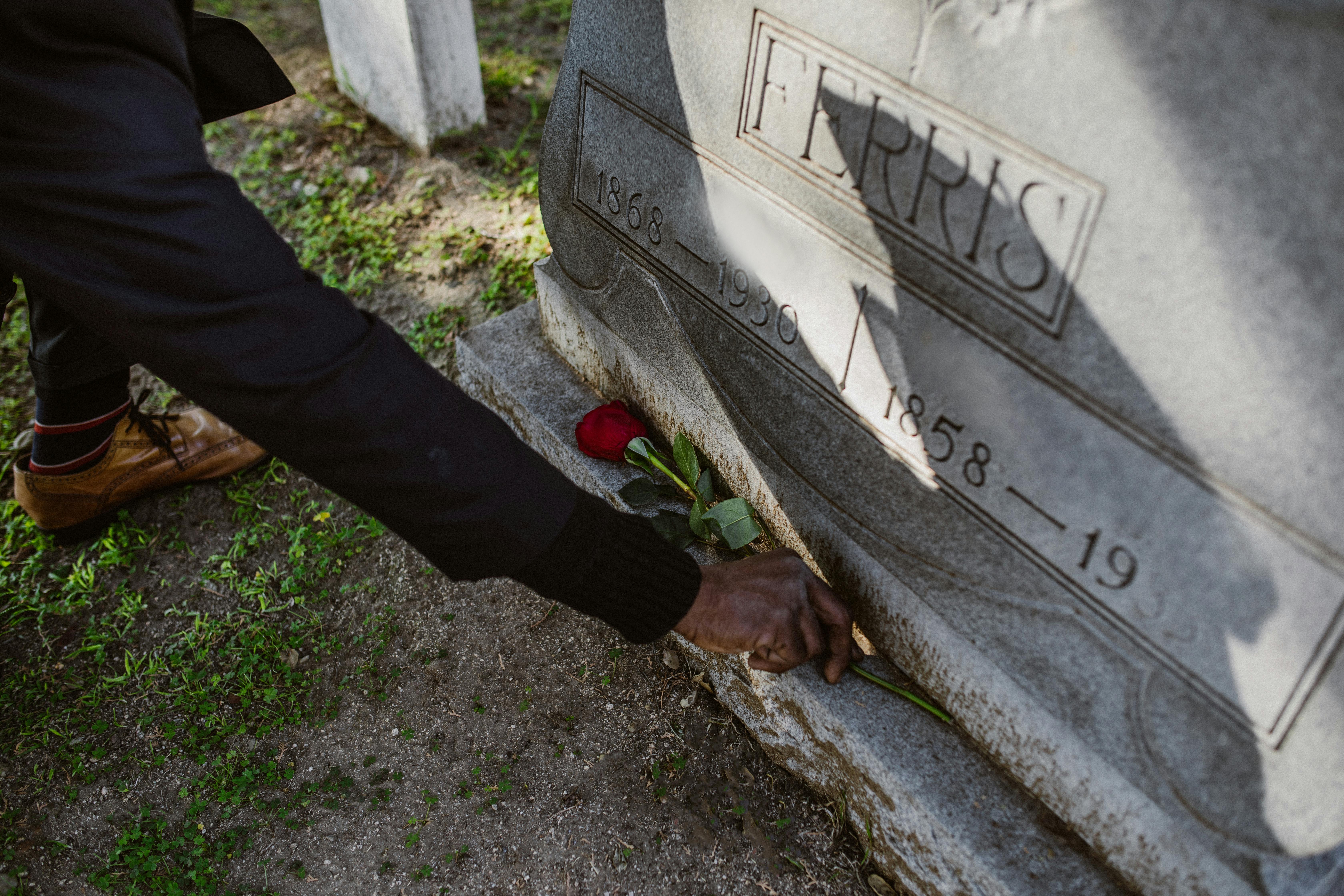In a society where the rhythms of birth and death mark the passage of time, recent census data casts a revealing light on the evolving dynamics of life and loss.
For the first time in decades, a period during which deaths have outpaced births presents not only a statistical anomaly but a reflection of broader societal shifts.
This trend, underscored by the pandemic's profound impact, signals a need for a recalibration of how we approach the cycle of life within the professional sphere, particularly in the domain of employee benefits.
{{blog-cta}}
Contextual Background
The recent statistical revelations from the U.S. Census Bureau have highlighted an unprecedented demographic shift in the United States.
For the first time in many years, a period has been identified during which deaths have significantly outpaced births, reflecting not just the immediate impact of a global health crisis but also underlying societal changes affecting the demographic fabric of the nation.
Pandemic's Profound Impact
The COVID-19 pandemic emerged as a pivotal factor, accelerating mortality rates and altering life patterns in ways previously unimagined. The resultant demographic anomaly underscores the fragility of life and the inevitability of death, themes that have been thrust into the collective consciousness with newfound urgency.
The pandemic's role in this shift is complex, intertwining with aspects of healthcare, societal structure, and individual life choices, leading to a reevaluation of priorities both personally and professionally.
Societal Factors at Play
Beyond the immediate impact of the pandemic, other societal factors contribute to this demographic shift. Advances in healthcare and changes in family planning have led to evolving birth rates, while at the same time, an aging population has contributed to an increase in mortality rates.
This duality of decreasing birth rates and increasing death rates signals a significant societal and economic impact, influencing workforce dynamics, social security systems, and the broader economic landscape.
The Need for a Workplace Discourse on Death
Despite its universality, death remains a topic shrouded in silence within the professional environment. The inevitable impact of losing a loved one—a reality faced by employees across the spectrum—demands a rethinking of workplace policies and benefits.
The lack of discourse around death and its implications in the workplace highlights a critical gap in employee support systems.
As the statistical data reveals a shifting demographic landscape, the need for conversations around end-of-life planning in the workplace becomes increasingly apparent, setting the stage for a broader reevaluation of employee benefits to encompass the full spectrum of human experience.
The Shift in Employee Benefits
In recent years, the advent of fertility benefits has underscored an evolving understanding of employee support systems. Companies at the vanguard of employee benefits have recognized the importance of supporting families from the very start, offering services that range from IVF treatments to adoption assistance. However, this forward-thinking approach presents a stark contrast to the minimal attention given to end-of-life planning and support, revealing a significant gap in addressing the full spectrum of family needs.
Elayne's Story: A Case Study
Elayne, a dedicated mid-level manager at a tech company, faced a heart-wrenching challenge that many employees dread: the illness and subsequent passing of her beloved mother.
Juggling the demands of her job with the emotional and logistical complexities of her mother's declining health, Elayne found herself in uncharted waters, navigating a sea of grief and responsibility.
Emotional Toll and Financial Strain
The lack of comprehensive end-of-life benefits left Elayne to manage everything from hospital visits to funeral arrangements without guidance or support from her employer. This oversight in employee benefits became starkly apparent as she struggled to find the resources needed for proper end-of-life care, highlighting the emotional toll and financial strain placed on employees in similar situations.
The burden of planning a funeral, settling legal affairs, and dealing with the emotional aftermath of loss, all while maintaining professional responsibilities, underscored the profound impact that the absence of death-related benefits can have on an individual’s well-being.
A Call for Comprehensive Support
Elayne’s ordeal illustrates the critical need for a shift in how companies approach employee benefits, emphasizing the importance of providing comprehensive support that addresses the complexities of end-of-life planning.
Her story, inspired by real-life experiences, showcases the multifaceted challenges faced by employees dealing with loss, from the initial shock and grief to the financial implications and the need for time to heal.
This narrative serves as a poignant reminder of the necessity for workplaces to adopt a holistic approach to employee benefits, one that includes end-of-life planning services as a standard component, thereby alleviating the burden on employees during one of life’s most challenging moments.
The emotional and financial strain that Elayne experienced highlights a gap in employee support services that, if addressed, could significantly mitigate the hardships faced by employees during such vulnerable times.
Her story is a compelling case for the inclusion of end-of-life planning in employee benefits packages, underscoring the importance of supporting employees not just in their professional growth but also through the personal challenges that inevitably arise over the course of their lives.
The Proposal for a New Benefit Paradigm
The modern workforce demands a benefits package that evolves with the times, recognizing that the well-being of employees extends far beyond the workplace. The inclusion of end-of-life planning services as a standard component of employee benefits packages represents a significant and necessary shift towards a more compassionate and comprehensive approach to employee support.
This new paradigm encompasses will preparation, grief counseling, and funeral planning assistance, offering a robust framework for supporting employees through all stages of life.
Bridging the Gap in Employee Support
Adding to this, the proposal for a new benefits paradigm seeks not just to address the gaps in current employee support systems but to transform the way companies view and value their employees.
By recognizing the critical importance of providing support from "first breath to last breath," companies can demonstrate a profound commitment to the holistic well-being of their employees.
This shift towards a more inclusive and compassionate approach to benefits can foster a deeper sense of loyalty, improve workplace morale, and position companies as leaders in employee wellness.
The adoption of such comprehensive benefits reflects an understanding of the complexities of life, acknowledging that support during times of loss is as crucial as support during times of growth.
Industry Voices
Voices from across the spectrum of HR professionals, benefits consultants, and social scientists echo the necessity for comprehensive benefits that encompass both fertility and end-of-life planning. While a handful of companies have begun to pioneer these integrative benefits, their positive reception among employees signals a potential for industry-wide transformation.
The consensus among experts is clear: supporting employees through the full cycle of life is not just an act of compassion but a foundational aspect of a supportive and humane workplace culture.
{{blog-cta-small}}
Final Thoughts
As companies navigate the complexities of designing benefits packages, the consideration of the full life cycle of their employees emerges as a paramount concern.
Supporting employees through the end of life—equally as important as assisting them at the beginning—completes a circle of care that acknowledges the entirety of the human experience.
In the words of an HR leader, "In recognizing the value of supporting families from the first breath, we must not overlook the profound importance of guiding them through the last. Death, as the new 'fertility benefit,' completes the circle of care we owe our employees."


















































